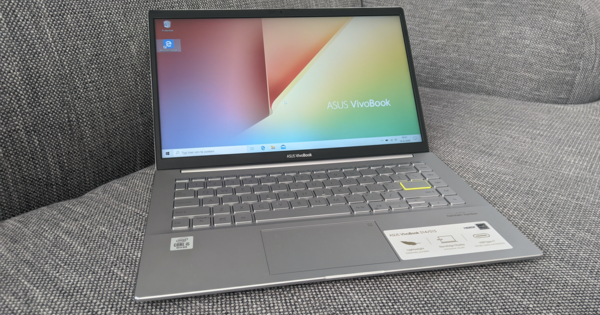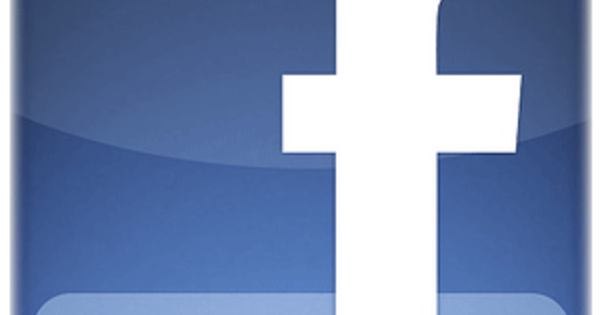Samsung has pulled out all the stops with the Galaxy Note 8 to put the iconic smartphone series back on the map. Big screen? check. pen? check. Beautiful design? check. But there are a few points to keep in mind if you want to buy the Samsung Galaxy Note 8.
Samsung Galaxy Note 8
Price € 999,-OS Android 7.1
Screen 6.3 inch amoled (2960x1440)
Processor 2.3GHz octa-core (Exynos 8895)
RAM 6GB
Storage 64GB (expandable with memory card)
Battery 3,300mAh
Camera 12 megapixel dualcam (rear), 8 megapixel (front)
Connectivity 4G (LTE), Bluetooth 4.1, Wi-Fi, GPS
Format 16.3 x 7.5 x 0.9 cm
Weight 195 grams
Other USB-C, stylus, headset, heart rate monitor
Website www.samsung.com 7 Score 70
- Pros
- Build quality
- Cameras
- Screen
- Negatives
- Price
- Bixby
The Galaxy Note 8 is very similar to the Galaxy S8, which appeared in the spring of 2017. And especially the large Galaxy S8 + version. The devices have an unusual screen ratio of 18.5 to 9, which makes the device look a lot longer. The screen is also curved on the sides, which looks very nice. There is no home button below the screen, but the bottom of the screen itself can be pressed, which does the same as the home button. In short, everything has been done to make almost the entire front of the device consist of a screen. That looks great, but it is also practical: as much screen surface as possible without the device being disproportionately large.
We also find other features of the Galaxy S8 on the Galaxy Note 8. The fingerprint scanner that has been moved to the back, making it practically unusable because you have to search for the scanner with your finger. Unlocking with facial recognition, assistant Bixby (including button on the side of the device) is represented again.
audio
In the box you will also find earplugs that you plug into the (normally present) headphone port. The Note 8 also supports audio in 24-bit, which offers real added value for the music lover with good headphones. The supplied AKG earplugs are of reasonable quality, the sound quality is clear. But mostly lacks bass and detail.

Difference
However, the device cannot be called a copy. First of all in the price. The Galaxy Note 8 costs 1000 euros. That is 300 euros more than the Galaxy S8+. For this you do get a stylus in return and a dual camera, which I'll get to in a moment. The specifications are otherwise similar. The same octacore processor, 64GB of storage space that is expandable with a memory card and a large screen with a resolution of 2960x1440.
The stylus is of course the part that distinguishes between the Note 8 and the S8 +, check in advance whether this is worth the extra price.This screen is slightly less rounded than on the Galaxy S8+, smart thought has been given to it. The flat screen is of course much more suitable for use with a stylus. However, I noticed, just like when testing the previous Galaxy Note devices (and actually all devices with a stylus), that I do not use the stylus in practice. That is not due to the software and the technology. Samsung has done an excellent job, the back snaps out, so you can easily remove the stylus from the device. In addition, making notes, drawings and other doodles works very accurately. This stylus is of course the part that distinguishes between the Note 8 and the S8 +, so check in advance whether this is worth the extra price.
Other differences are also minor. The Note 8 has 6GB of RAM, which is two gigabytes more than the S8+, which in turn has a slightly larger battery: 3500 mAh, in contrast to the Note, which has a 3300 mAh battery. The battery life of the Note 8 is acceptable. You can do a day to a day and a half with a charged battery. That's not too bad for me, because Samsung has logically decided to curb the battery capacity quite a bit because it went explosively wrong with the Note 7 last year.

Cameras
The most striking thing is that Samsung is now also going for the dual camera, following LG, Apple and Oneplus, among others. In a similar way too, a wider angle lens and telephoto lens work together, to get a depth or zoom effect in photos, for example. Samsung has a great reputation when it comes to smartphones, the Galaxy S7 and Galaxy S8 respectively came out last year and recently as the smartphone with the best camera in the test. In any case, both lenses are capable of taking fantastic photos with the Note 8, even in low light.
The wide-angle lens is actually a normal aspect ratio that you are used to, supplemented by the zoom lens. The latter is nice to use to zoom in without losing quality, which always happens with phones with a single camera. That's pretty nice. So the regular lens is already of the highest quality. The zoom lens is noticeably heavier, for example in backlit or low light conditions. However, just like with the normal lens, there was a lot of detail to be seen and colors are a bit exaggerated (saturated), it's a matter of taste. However, the photos really come to life on the AMOLED screen.
Actually, with the Note 8 you have the best smartphone camera in the house, supplemented with an extra zoom camera. However, I have yet to test how this compares with the cameras of the iPhone 8 and iPhone X.



Screen
That screen is actually what we are used to from Samsung. Razor sharp, vivid colors and very bright. I like the fact that it's a bit flatter than the S8. You are less likely to suffer from a device that reacts strangely because your fingers touch the sides of the device. The strange aspect ratio that makes the device very elongated is useful if, for example, you read a lot: after all, more text fits on the image. It is less practical for videos from YouTube or Netflix, for example. After all, the proportions are not correct, so a piece will always be cut off or the entire screen will not be used with black bars.
Android renovation
Samsung and Android. It's still a strange relationship. Samsung has put a lot, a lot of work into Android 7. Visually it looks beautiful, icons, fonts, colors, backgrounds. Very impressive. In terms of security, there is the option to unlock the device with an iris scanner or facial recognition. I was unable to trick this one, although security researchers have managed to trick this security. Especially the facial recognition works very quickly and pleasantly and therefore you get used to it quickly. Only when it's dark the front camera can't see you well enough, so you have to fall back on the fingerprint scanner, password, or in my case a PIN code.
Also (speech) assistant Bixby is ubiquitous. In the functionality of the S Pen, in the camera (for example, to search the web through a photo), if you swipe the home screen to the right you come to a Google Now-like overview... And despite the fact that Samsung visibly puts in work and actually improves Bixby, it's still very unsolicited, annoyingly redundant, and doesn't work more often than it does. The same goes for the voice functionality. Bixby finally speaks English, but in practice I have never used it practically or usefully.
Thus, this Bixby button essentially becomes hardware bloatware.You can see Bixby as bloatware, you can ignore it or more or less hide it with tools like Nova Launcher. Only on the left side of the device is a physical button, which leads directly to the Bixby overview. Even if the device is locked. That is terribly annoying, because you regularly accidentally press that button. In addition, Samsung makes it impossible for developers to reprogram the button for practical things, such as a camera shutter button. Thus, this Bixby button essentially becomes hardware bloatware. Fortunately, Samsung has offered the option of turning the button completely 'off' with a recent update. For those who do not use Bixby, that is in any case something, but it would be nice if Samsung would allow something else to do with it.

Unfortunately, there is also other bloatware present. Many apps from Microsoft, which fortunately no longer bother you with notifications. Two browsers, two application stores, two health apps, et cetera. Not everything can be removed. Messy, but fortunately the device continues to respond very quickly and these apps have little effect on the battery life and available storage.
Conclusion
Samsung itself is the biggest competitor of the Note 8. That sounds crazy, but due to the existence of the Galaxy S8 +, it is difficult to justify purchasing the Note, because it is quite a bit more expensive. But that does not make the Note 8 a bad device. On the contrary. The (waterproof) construction, the top camera, the screen and the top specifications make the device really worth it. However, the enormously high price and the (for the time being) substandard assistant are hard to swallow.

